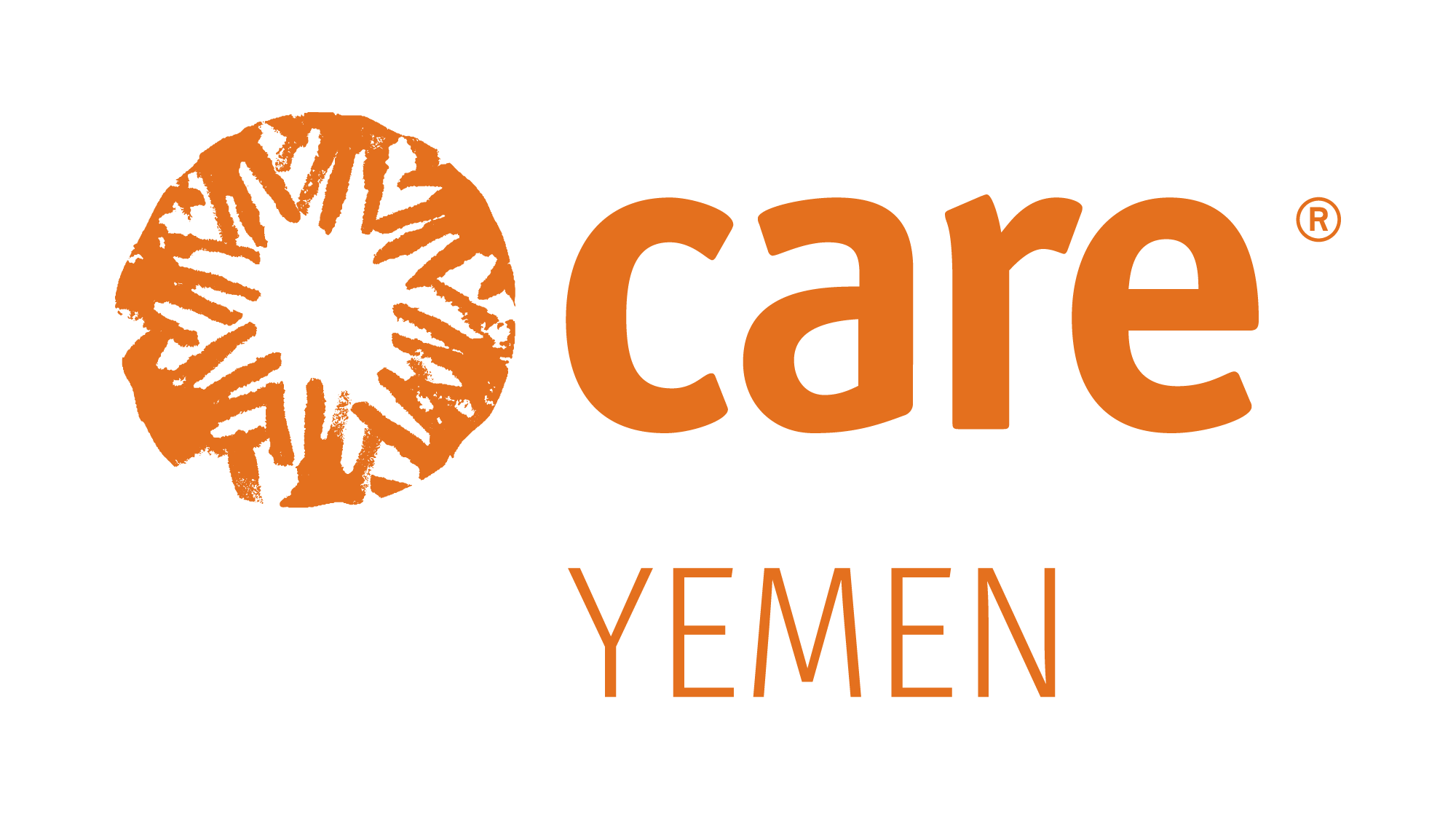Nearly a decade of conflict and underdevelopment in Yemen has deprived millions of people of basic services such as water, sanitation, healthcare, and hygiene. According to the Yemen 2024 Humanitarian Needs Overview, 17.4 million Yemenis – about half the population – need assistance to access safe water, sanitation, and hygiene services.
Abdulilah is a displaced father of three children in Marib, home to Yemen’s largest internally displaced population. “When the war reached my village, a missile hit the house of one of my relatives, resulting in the tragic death of his young son and affecting the rest of the family. It was then a matter of survival to flee and leave everything behind. That’s why I came to Marib with my family. We were looking for safety,” says Abdulilah.
Despite the relative safety that displacement offers away from the fighting, life in displacement poses significant challenges for displaced families. Displaced people are forced to leave all their possessions behind and start a new life in a new environment.
“When we arrived here, I couldn’t find a place for my family. We lived with one of our relatives – three families in one small house,” says Abdulilah. “Then we moved to Al-Haybla camp, where I started to build a modest shelter for my family. Back then, the camp was small, housing only a few displaced families. It’s far from the city and the families had no water or electricity, in addition to the swamps that were everywhere in the camp.”





